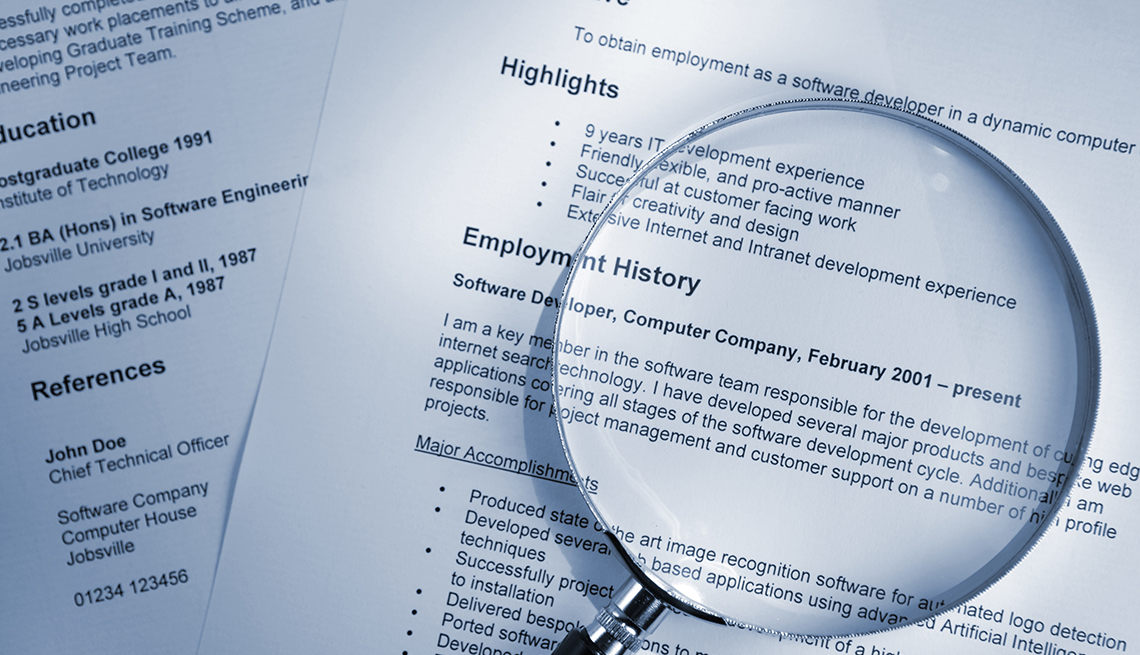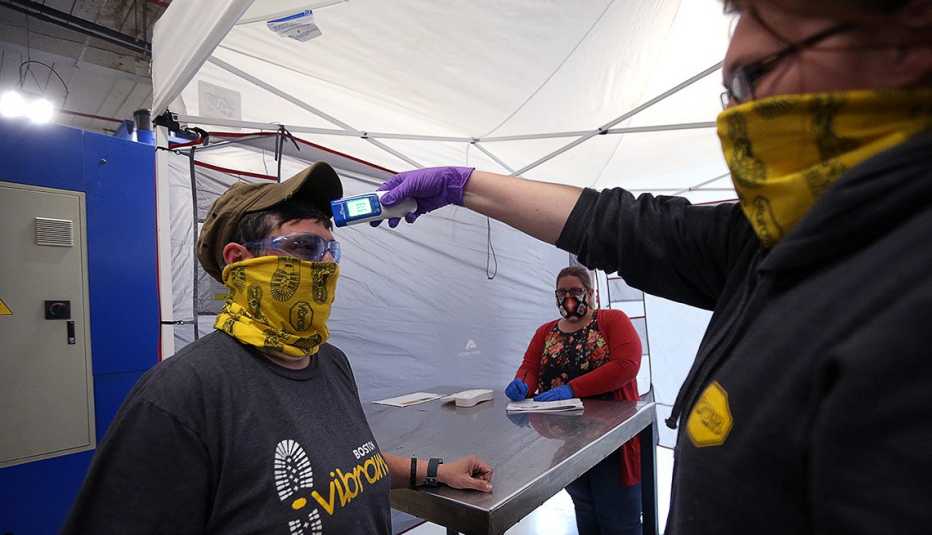Staying Fit
If you've accumulated a gap or two on your résumé over the years, you're not alone. Even before the COVID-19 pandemic left tens of millions out of work, 3 in 5 Americans had a period of unemployment or some other hole in their work history, according to Monster's 2019 “State of the Candidate” survey.


AARP Membership— $12 for your first year when you sign up for Automatic Renewal
Get instant access to members-only products and hundreds of discounts, a free second membership, and a subscription to AARP the Magazine.
Although gaps may be more common now, they still have the potential to affect your standing in terms of future jobs. A 2019 field experiment conducted by ResumeGo found that applicants who had employment gaps were 45 percent less likely to land interviews. The good news is that applicants who provided a reason for the break between jobs received close to 60 percent more interviews, according to the experiment.
With millions of Americans out of work during the COVID-19 pandemic, these gaps will likely carry even less of a stigma, says résumé expert and career coach Debra Boggs, cofounder of D&S Professional Coaching, a career consulting firm in Portland, Maine. Even so, it's essential that you address them effectively.
Here are five tips to keep in mind.
1. Don't try to hide it
When it comes to masking a break in work history, recruiters and hiring managers have seen it all, Boggs says. And if they sense you're trying to mislead them, that could cost you an opportunity.
Instead, try including three to five short bullet points at the beginning of your résumé that highlight the skills and attributes you believe will matter most for the job you're seeking, she suggests. This written “highlight reel” can, and should, be customized for each prospective employer. “That way, it doesn't look like you're trying to hide anything,” Boggs says. But you're still showcasing reasons you would be a valued member of the team.
2. Share your story
Be prepared to discuss the reason for the gap, says Tom Gimbel, founder and CEO of LaSalle Network, a Chicago-based staffing agency. If you took time off for caregiving responsibilities or to go back to school, be forthright about that. If you were part of a big layoff, know the story of what happened and discuss it without disrespecting your former company. The interviewer will likely understand that disruptions happen, Gimbel says. Having a brief, honest explanation as part of your bigger gap story is an important part of getting back in the game.


































































